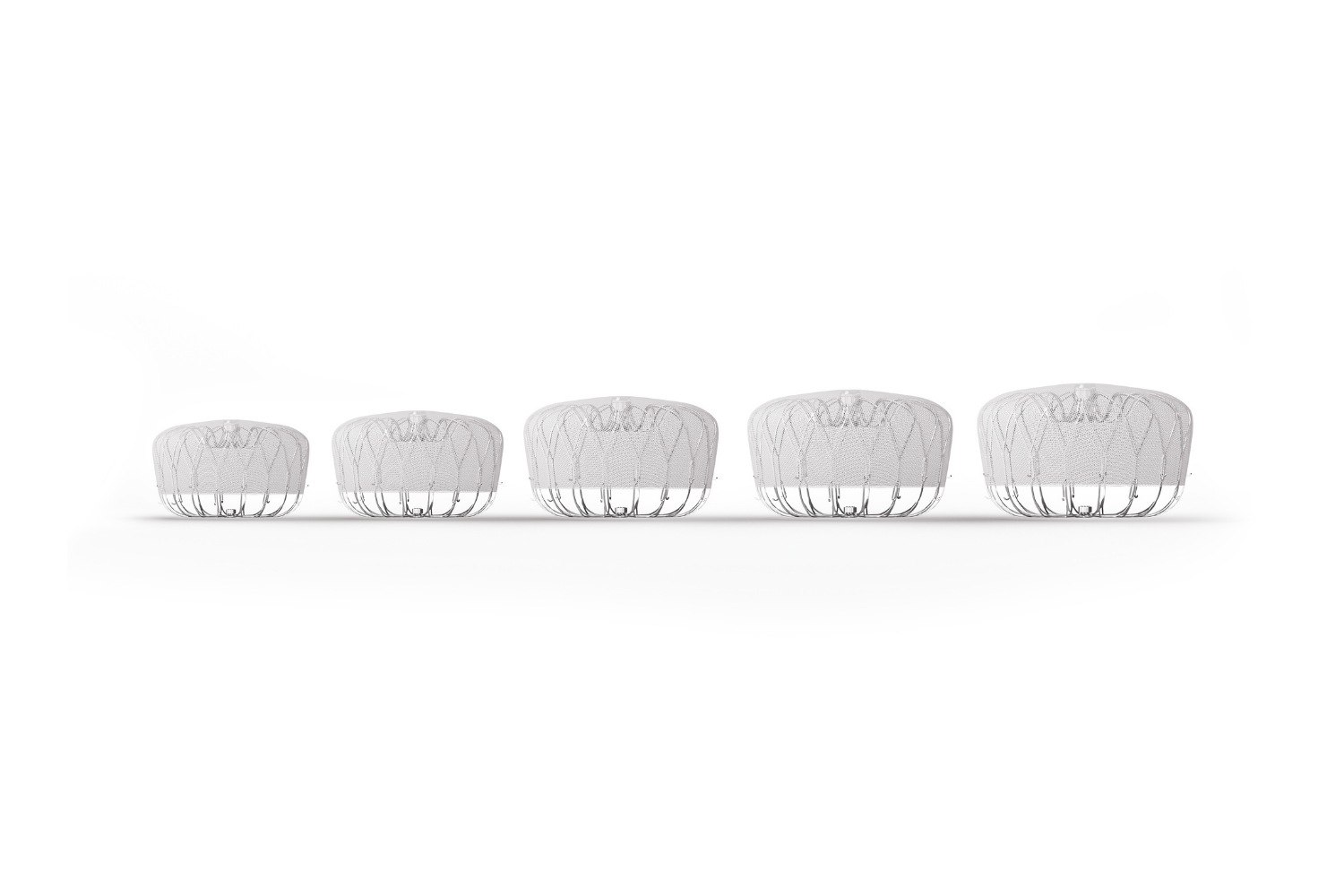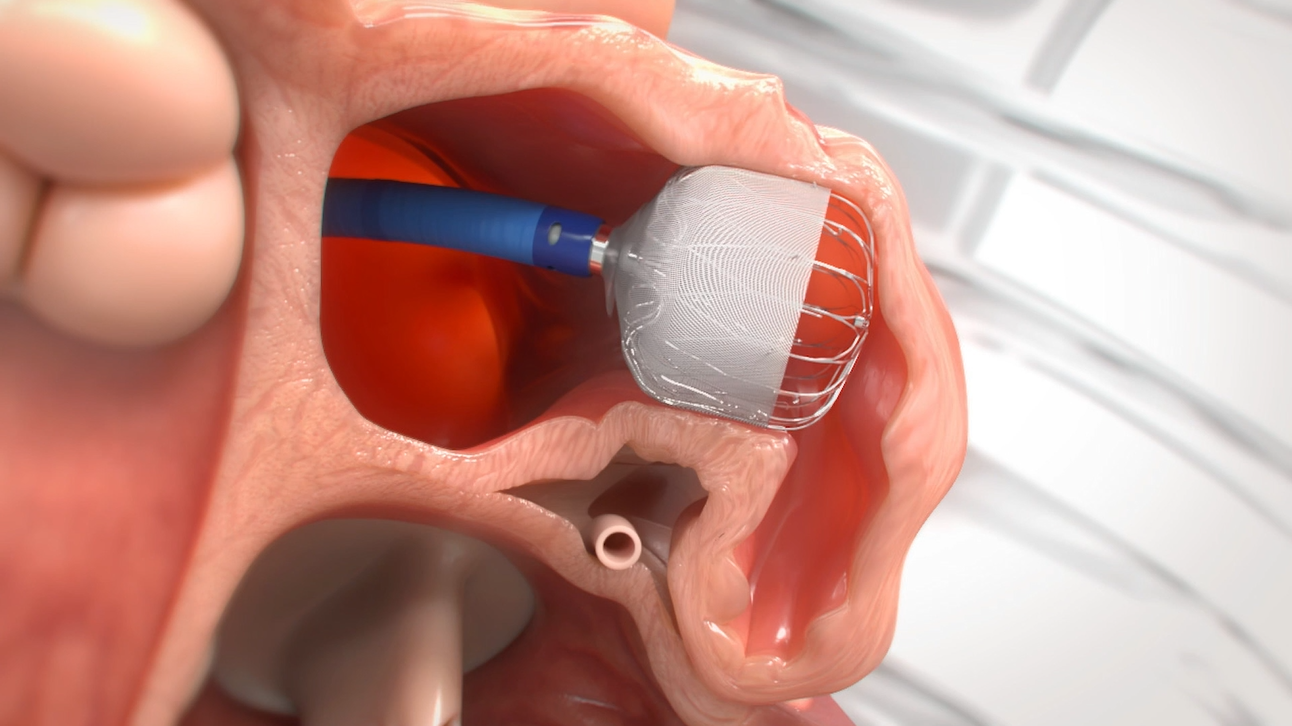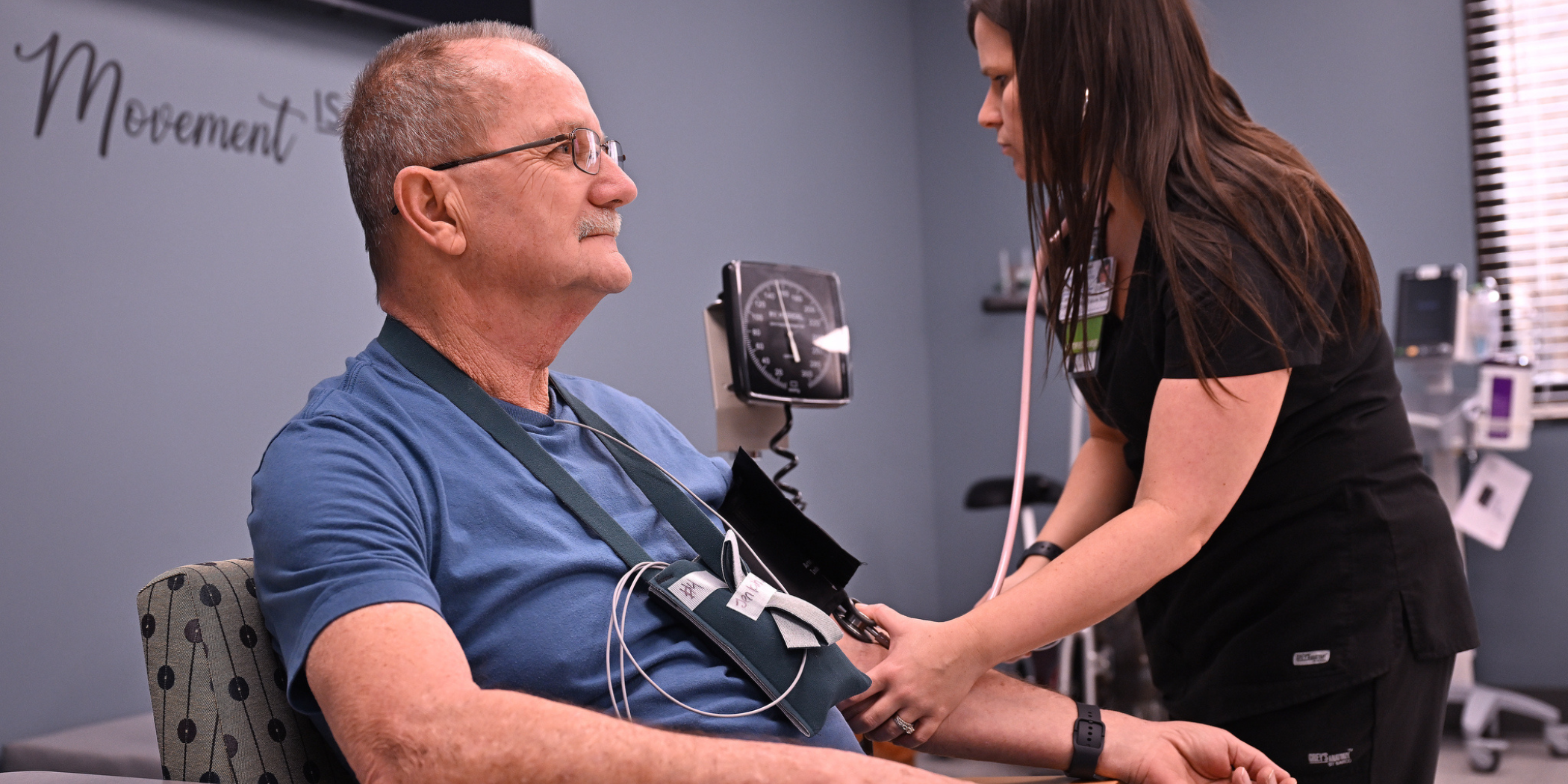
About
The WATCHMAN device allows certain atrial fibrillation patients to stop taking blood thinners without increasing their risk for stroke. Atrial fibrillation is a common heart rhythm disorder and most patients must take blood thinners to reduce their stroke risk. However, some people have complications or risk factors that increase their risk of bleeding.
You may be a candidate for the WATCHMAN device if you:
- Have atrial fibrillation that is not related to heart valve problems.
- Are prescribed blood thinners by your doctor but would like an alternative way to prevent blood clots, because you have a high risk of bleeding.
How the WATCHMAN Device Works
To implant the WATCHMAN device, your interventional cardiologist will insert a catheter (thin tube) into the vein or artery near your groin area. The catheter helps your physician guide the device to the heart, where it is inserted into your heart’s left atrial appendage. Once inserted, the umbrella-shaped device expands to close the left atrial appendage, which prevents blood clots. You may be put under general anesthesia for this procedure.
The procedure usually takes approximately 1-3 hours and you can expect to stay overnight in the hospital for monitoring. You may experience chest pain after the procedure, which should resolve after two to three weeks.














